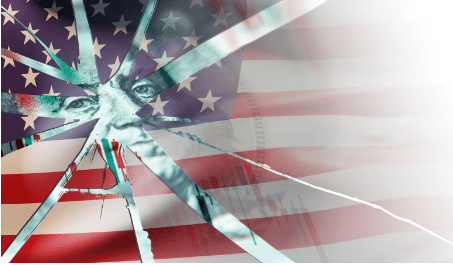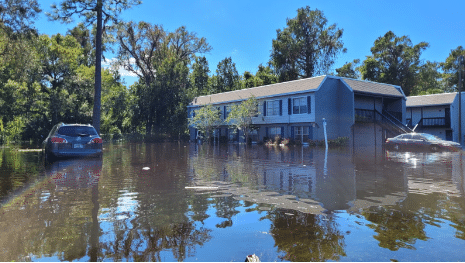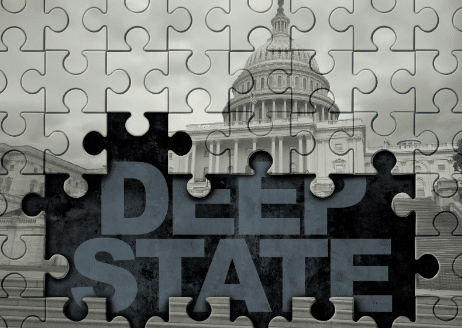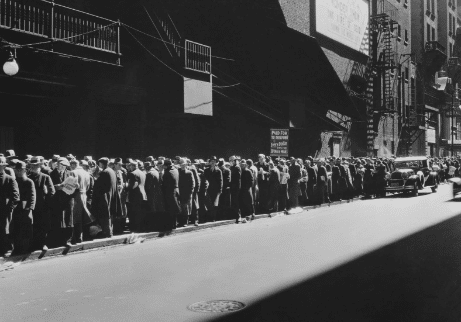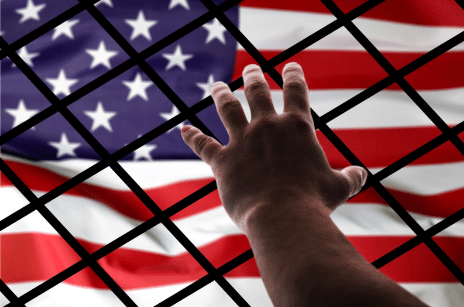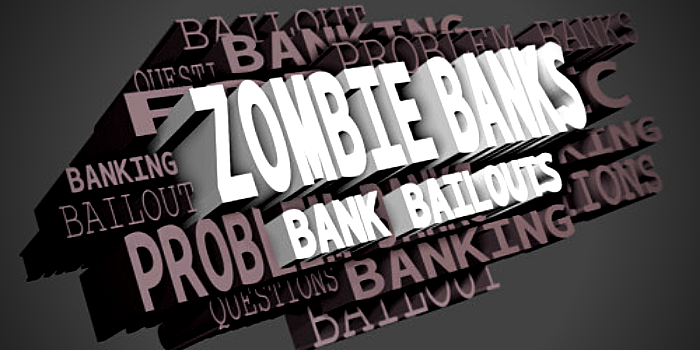
Federal Reserve Increases Overnight Repo and Dow Magically Rises From The Dead
On Wednesday, March 11, the New York Federal Reserve announced that it would once again increase the funds used for overnight repo loans for banks. This comes just two days after the last increase the Fed had announced to help banks with short-term lending.
Just two days prior to that announcement, the Fed increased the top level of overnight repo operations to $150 Billion and then on Wednesday, increased that number to $175 Billion. In a statement released on the NewYorkFed.org website the bank announced this increase in daily overnight repo operations and kept the two-week term repo operations amount at $45 Billion which they had increased from $20 Billion on March 9.
The statement went on to say that “these operations are intended to ensure that the supply of reserves remains ample and to mitigate the risk of money market pressures that could adversely affect policy implementation.” These operations are also meant to “help support smooth functioning of funding markets as market participants implement business resiliency plans in response to the coronavirus.”
The statement also added the fact that from Thursday, March 12, 2020, to Monday, April 13, 2020, when these policies would be in effect, they will offer 3 one-month repo operations for at least $50 Billion. This move specifically is in response to market disruptions, poor market functioning, and plummeting treasury yields. It is the longer-term commitment that investors have been calling for.
Investment banks are hailing this strategy as a welcomed move by the Federal Reserve and a serious response that the industry had been wanting for quite some time now. Since the coronavirus outbreak began, the market has suffered through extreme volatility which has brought on very stressful liquidity situations for many institutions. However, some in the industry are not sure these measures are enough.
The repo market is a short-term funding operation where banks can sell government securities for a short period, anywhere from overnight to up to 90 days, and agree to buy them back at the end of the period at a slightly higher price. This higher price is the implicit overnight interest rate. The Federal Reserve enters into these agreements to regulate bank reserves and the money supply.
Since the Fed began this current repo operation in September of 2019, it has increased its balance sheet through these short-term purchases from around $470 Billion to over $4 Trillion. The Fed now holds $1.64 Trillion in bank reserves.
This is not the last action that the Federal Reserve is expected to take in the coming days and weeks to help prop up the market and the banks from the coronavirus-related slump. Next week, there is a Federal Open Market Committee meeting and a 75 basis point interest rate cut is expected, although it would not be a total surprise if this happened even sooner.
By the time the April meeting comes around, there is predicted to be another 25 basis point interest rate cut as well. These cuts would drop the fed funds rate down to near-zero. This is where it fell during the 2008 financial crisis and where it stayed until 2015.
The Economy is Not a Machine
Human action is not mechanical. Market sentiment is not mechanical. Even human calculation is not mechanical. And as far as the underlying forces that often unexpectedly shift the economy are concerned, not only are they not mechanical, they often dish up the awesome reckoning that any fool with a mechanical outlook on the economy would have to face.
The problem is that the Fed views the economy as a machine--like something that can be fine-tuned. We know that reality is far from any model that attempts to reduce it to a mere mechanistic function.
The volatility we see right now doesn’t reflect erroneous sentiment-driven fluctuations. It reflects true market instability. That’s the state of the market and the underlying economy. Unstable. It also reflects the inadequacy of economic models often used by the Fed, economists, and analysts.
Markets are not always rational, nor are they efficient. There is no such thing as equilibrium. But more importantly, when it comes to random market forces capable of severely disrupting assumptions, theories, and models aimed at “containing” economic activity, their views aren’t designed to see them.
If you look at Fed forecasts since the opening of their big QE experiment (in 2009), you’ll see that their record as far as forecasting is just plain awful. Despite the big “experiment,” their approaches to the market are, ironically, static. The economy and everything surrounding it is never static. Quite the opposite.
The 11-Year Bull Market is Finally Dead
It’s been a nice eleven-year bull in stocks, despite the likelihood that the upward trajectory was faulty, fueled by debt, buybacks, and toward the end, irrational exuberance.
Coronavirus may have killed the bull.
But irrational exuberance was the illness that allowed the bull to be vulnerable in the first place.
What more can we say about it? Although nobody saw COVID-19 coming, the underlying weakness of the market is something that we’ve been writing about for years.
All we’ve been saying over the last four years is to “wear a seatbelt,” figuratively speaking.
When you strap on your seatbelt, you’re not expecting a crash that day. You’re just “hedging” in case you may be unfortunate enough to get involved in one.
Same thing with gold and silver as sound money instruments to diversify wealth. Assets that often rise when markets fall, and rise more when monetary stimulus is injected into the economy.
The crash already happened. Next comes the potential for a prolonged bear market, a recession, and further erosion of your purchasing power.
Some piece of advice: wear a seatbelt.
The financial market is crumbling and EVERYONE will be affected. Only those who know what's going on and PREPARE will survive... dare we say thrive. Our 7 Simple Action Items to Protect Your Bank Account will give you the tools you need to make informed decisions to protect yourself and the ones you love.



